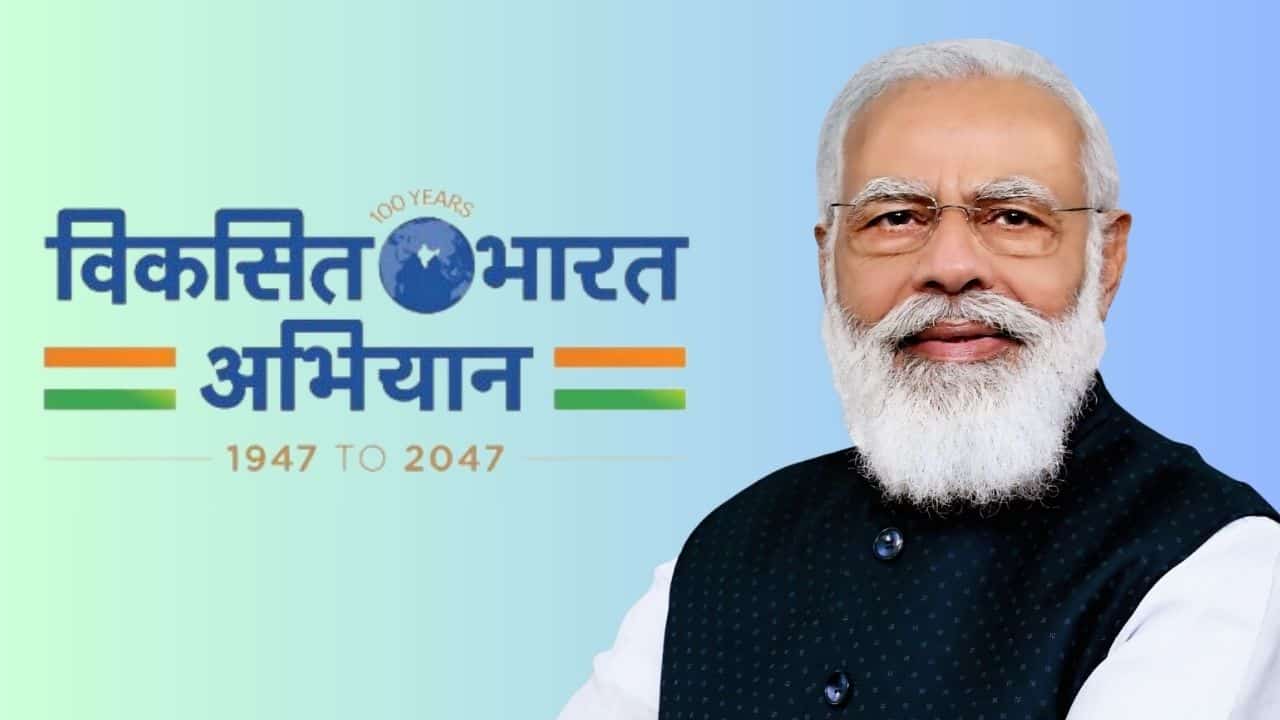In his chairing of the Council of Ministers meeting on Sunday, Prime Minister Narendra Modi outlined a five-year plan for implementing the “Viksit Bharat 2047” vision if the National Democratic Alliance (NDA) forms a government following the forthcoming April–May 2024 Lok Sabha elections.
A 100-day action plan was discussed during the meeting, according to officials aware of the full-day exercise, for the immediate steps that will be taken to carry out the NDA’s five-year plan following the formation of a new government in May.
Official sources report that the “Viksit Bharat” roadmap underwent more than two years of intense preparation. During this period, it actively engaged in extensive consultations with state governments, academia, industry bodies, civil society, scientific organizations, and youth organizations.
Additionally, it adopted a “whole of government” approach, involving all ministries. The NDA has strongly expressed confidence in securing a sweeping majority. The Council of Ministers is purportedly convening its final meeting before the Lok Sabha elections on March 3rd.
What is ‘Viksit Bharat 2047’?
The current government’s plan, dubbed “Viksit Bharat 2047,” aims to transform India into a fully developed country by 2047, a century after gaining independence. Modi states that the primary objective of the Viksit Bharat vision is to foster equitable economic participation among all citizens.
A pivotal element of the initiative is its audacious goal of propelling India to the position of the world’s third-largest economy within the next five years, contingent upon the NDA regaining power.
What is PM Modi’s Viksit Bharat 2047 vision?
The main theme of PM Modi’s speeches over the last few years has been the Viksit Bharat 2047 vision. The action plan put forth by the prime minister’s administration aims to make India a developed nation by 2047—exactly one hundred years after the country’s independence from British rule.
The vision covers a wide range of development-related topics, such as social progress, environmental sustainability, economic growth, and good governance. “Whatever I do should be for a developed India,” is a pledge that Prime Minister Modi has previously urged the country to make.
According to the sources, “Viksit Bharat” has a comprehensive blueprint with clearly stated national vision, aspirations, goals, and action points. Infrastructure, social welfare, economic growth, the Sustainable Development Goals (SDGs), ease of living and doing business, and ease of living are just a few of the many issues it aims to address.
The prime minister had earlier requested that the members of his Cabinet present “actionable, measurable, and clearly defined plans” for the upcoming administration.
He has stated time and time again that he is confident his government will hold onto power for a third term in office. Additionally, he has set a target for the BJP to win 370 seats in the Lok Sabha and more than 400 seats for the alliance that leads the government.
How Should Viksit Bharat Look in 2047 in Different Aspects?
Economic Growth: Every citizen of Viksit Bharat should be able to access opportunities and a good standard of living thanks to the robust and resilient economy. The economy’s ability to meet the challenges of the twenty-first century should be based on its competitiveness, entrepreneurship, and innovation.
Environmental Sustainability: A clean and green environment is essential for protecting India’s natural resources and biodiversity in Viksit Bharat. If the environment is restored, conserved, and resilient, it ought to be able to lessen the effects of climate change.
Social Progress: An inclusive, peaceful society that protects the dignity and well-being of all of its citizens is what a Viksit Bharat ought to have. India’s cultural legacy should be respected and celebrated by society based on equity, diversity, and justice.
Good Governance: A flexible government with sensible laws and accountability is what a Viksit Bharat ought to have. Credible data collection, analysis of problem areas, and prompt action to improve the nation through collaboration, introspection, empathy, and consultation are all components of a good governance system.
